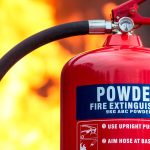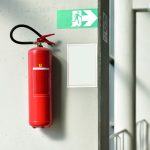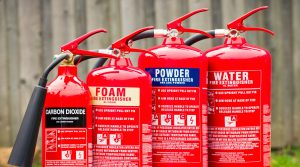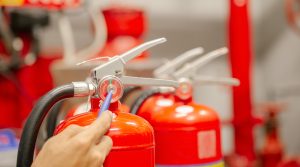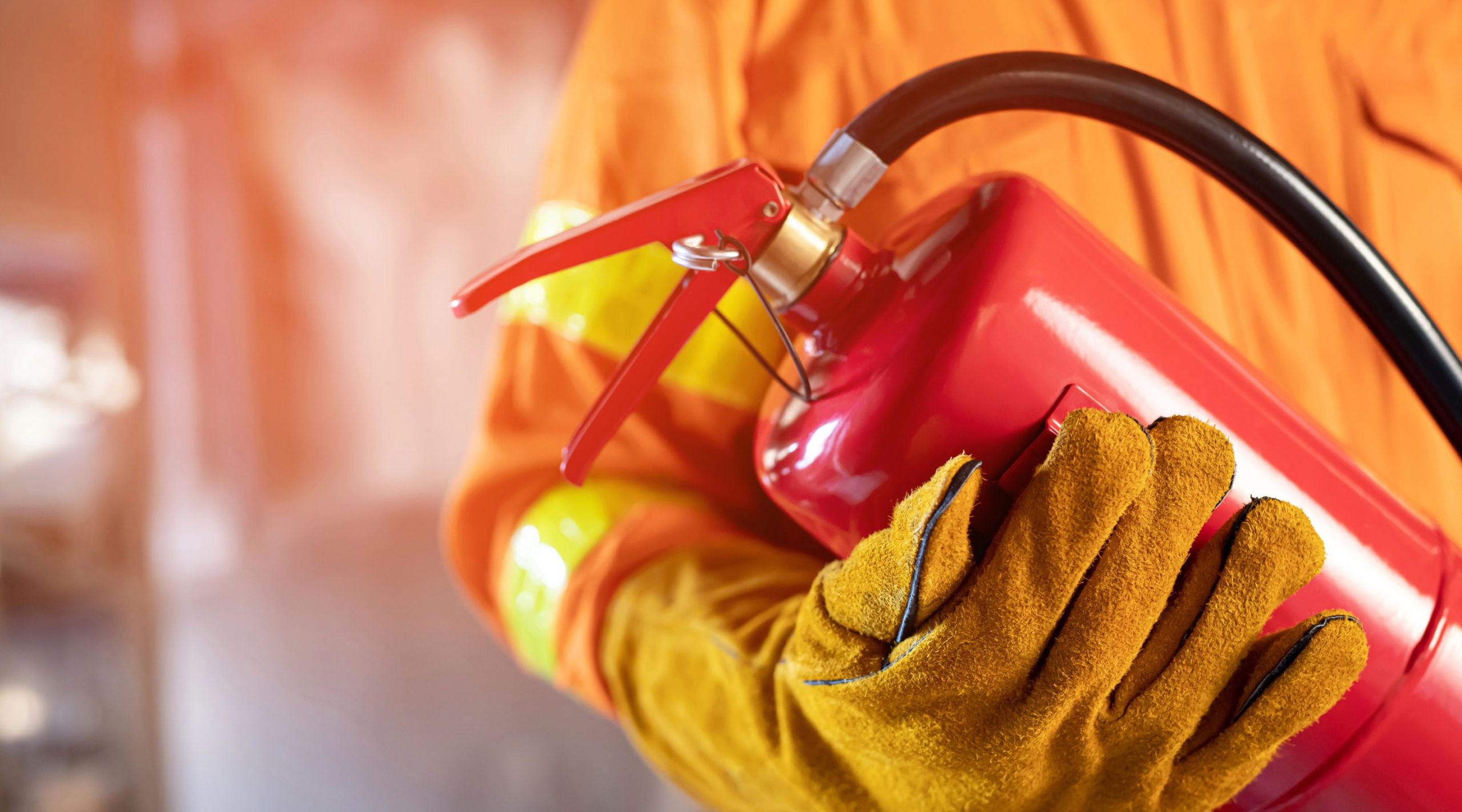
Portable Fire Extinguishers: Convenience and Safety at Your Fingertips
Introduction
In any environment, whether it’s a home, workplace, or public space, the risk of fire is a real concern. Portable fire extinguishers play a critical role in fire safety, offering a first line of defense against small fires before they escalate into life-threatening emergencies. In this article, we explore the importance of portable fire extinguishers, their benefits, and best practices for usage and maintenance.
The Importance of Portable Fire Extinguishers
Fires can start unexpectedly and spread rapidly, making it vital to act quickly. Portable fire extinguishers provide:
Immediate Response
Their compact design allows quick deployment to contain small fires before they grow.Versatility
They are effective against different types of fires, including those caused by flammable liquids, electrical faults, or ordinary combustibles.Safety Assurance
Properly used, they can prevent injuries, save lives, and minimize property damage.
Types of Portable Fire Extinguishers
Fire extinguishers are categorized based on the type of fire they are designed to combat. Understanding these categories helps in selecting the right extinguisher for specific environments:
Class A: For ordinary combustibles such as wood, paper, and textiles.
Class B: For flammable liquids like gasoline, oil, and solvents.
Class C: For electrical fires caused by appliances, wiring, or circuit breakers.
Class D: For flammable metals such as magnesium and titanium.
Class K: For kitchen fires involving cooking oils and fats.
Benefits of Portable Fire Extinguishers
Accessibility
Lightweight and easy to handle, portable fire extinguishers can be used by virtually anyone with minimal training.Cost-Effectiveness
Preventing a fire from spreading can save thousands of dollars in damages.Compliance
Most regulations mandate fire extinguishers in residential, commercial, and industrial settings, ensuring preparedness and legal adherence.
How to Use a Portable Fire Extinguisher
Using a fire extinguisher is simple when following the PASS technique:
Pull the pin to break the seal.
Aim the nozzle at the base of the fire.
Squeeze the handle to release the extinguishing agent.
Sweep from side to side until the fire is completely extinguished.
Maintenance and Inspection Tips
Regular maintenance of fire extinguisher is essential to ensure it is always ready for use. Here’s what to check:
Pressure Gauge: Ensure the needle is in the green zone.
Physical Condition: Inspect for dents, leaks, or corrosion.
Nozzle and Hose: Check for blockages or damage.
Service Tags: Schedule annual professional inspections and refills as needed.
Placement and Storage
Strategically placing fire extinguishers enhances their accessibility during emergencies. Consider these tips:
Install them near potential fire hazards, such as kitchens, garages, or workshops.
Ensure they are visible and unobstructed.
Mount them at an accessible height for quick reach.
Conclusion
Portable fire extinguishers are indispensable tools for ensuring safety in homes, offices, and public spaces. By understanding their types, benefits, and proper usage, you can effectively mitigate fire risks and safeguard lives and property. Don’t wait for a fire emergency to emphasize preparedness—equip your space with the right fire extinguishers today.

